I’m picky about pistols.
I like something that feels like it was made for real hands, and not a showroom.
When Smith & Wesson launched the E-Series 1911, I got curious, because they were taking a classic and trying to make it sing for modern folks. I wanted to know if this was nostalgia wrapped in chrome, or if it was a daily-carry-capable tool that deserved time on the range.
Buying a 1911 feels like adopting an old dog. You expect quirks, but you also expect loyalty.
So just how loyal is the Smith & Wesson E-Series?
Let’s find out.
Design, Ergonomics, and Build Quality
From the moment I picked up the E-Series, it felt like Smith & Wesson applied a gentle amount of respect to a classic design.
The lines are familiar, the grip sits naturally in the web of my hand, and the balance is nice just like any other 1911. The E-Series, I found, aims to keep the 1911 soul, while also adding modern touches that actually improve everyday use.
The controls are intuitive, which matters when your palms are sweaty or your brain is otherwise occupied.
The thumb safety is positive without being stiff and the slide stop is easy to manipulate with a deliberate press, and the grip safety engages with a crisp feel but never catches you off guard. That combination of predictable controls and ergonomics meant that I spent much less time fussing and more time practicing fundamentals.
Fit and finish are Smith & Wesson level, which means that tolerances are tight, slide to frame fit is neat, and the parts feel like they’ll keep working. The slide locks up with a reassuring clack, and the slide-to-frame mating is clean, and not sloppy or gappy.
Range Time, Accuracy, and Reliability
If a pistol can’t behave on the range, it has no business being carried.
My brother and I have put a couple hundred rounds through the E-Series (this is his gun, I might mention) across many different brands of ammo, from budget range fodder to premium hollow points.
The pistol fed, fired, and ejected with a level of reliability that made me stop worrying about the gun, and start worrying about my trigger control!
At typical defensive distances, the E-Series is more than capable. Groups at seven yards were tight with a steady and repeatable point of impact. Because it’s a steel 1911, recoil impulse is a different flavor than polymer striker-fired semi-automatic pistols, and it’s a more pushy and controlled sensation that rewards a firm two-handed grip. Follow-up shots are predictable if you press smoothly, and the sights are easy to track when you practice a smooth recovery.
Accuracy out to fifteen yards remained serviceable for real world scenarios, though you should not expect rifle precision (obviously). What impressed me was how the pistol communicated, it’s not a quiet whisper, it’s a clear voice, letting you know how your shot was executed. That feedback helped me correct inconsistencies quickly on the next pull.
As for durability, the E-Series has handled extended range sessions without parts loosening or failures cropping up. S&W’s manufacturing standards were evident in the way the slide and frame maintained timing and lockup after heat and brass had their say.
If you plan to train with a 1911, expect this pistol to take the workload without complaint.
Maintenance, Upgrades, and Everyday Use
Field stripping the E-Series is traditional 1911 style, which means that there is a small learning curve if you’re used to modern polymer strikers, but once you’ve done it a few times it’s muscle memory.
The internals are accessible with a few simple steps, and wear points are visible so you can keep an eye on service life. I recommend a light and regular cleaning after heavy sessions, and a periodic inspection of springs and pins to catch wear before it becomes a problem.
Parts availability is excellent, because the 1911 platform is basically like the granddaddy of aftermarket support. So if you want to change sights, swap the grips, or fit a different mainspring housing, there are a zillion parts to choose from. Smith & Wesson’s parts will fit easily, and aftermarket vendors make everything from drop-in match triggers to beavertails and magwells that bolt on without drama.
For everyday carry, I would heavily consider the weight, because steel 1911s are heavier than polymer pistols. That weight helps with recoil, but it can make a day of carry tiring if you’re not used to it. I have experimented with holster types for the 1911 (both for the E-Series and my Colt Mark IV Series 70), and found that proper leather or kydex designed for the E-Series keeps it secure and accessible.
Belt support and holster retention are important, because this pistol, when loaded, will lean on your belt hardware more than a lightweight compact.
A few upgrades I recommend if you plan to carry regularly are a set of night or fiber optic sights for faster acquisition, a tuned match-style trigger if you want a smoother break, and a quality set of magazines if you like extended capacity.
None of these are required, as the gun works well stock, but these sensible tweaks can make daily use more pleasant.
Conclusion
The Smith & Wesson E-Series 1911 is a thoughtful blend of classic 1911 ergonomics and modern manufacturing, and it effortlessly honors the heritage while also addressing the needs of today’s shooter.
It is not a lightweight plastic wonder (no 1911 is!), but it is a steel-built and honest piece of craftsmanship that rewards practice and respects fundamentals. If you love the feel and control of a 1911, and you want something built to modern tolerances with solid reliability, the E-Series is a contender worth your attention. Give it a handful of rounds, treat it like the tool it is, and it will likely earn a steady spot in your range bag or on your hip.

